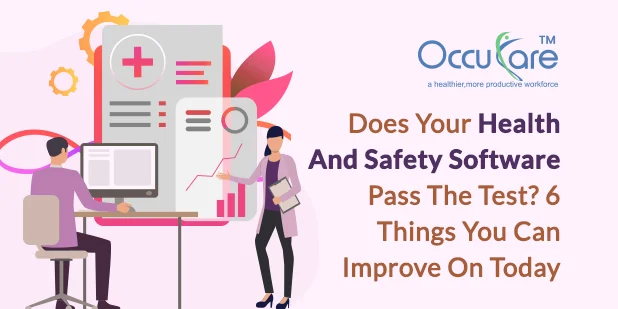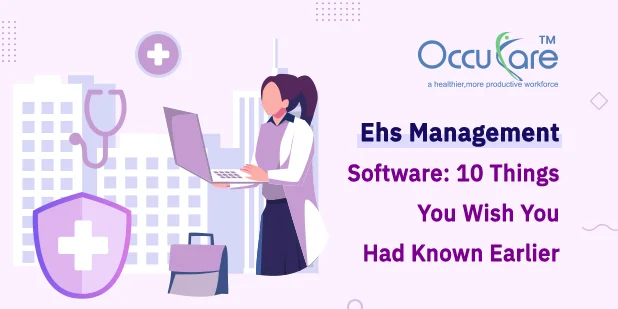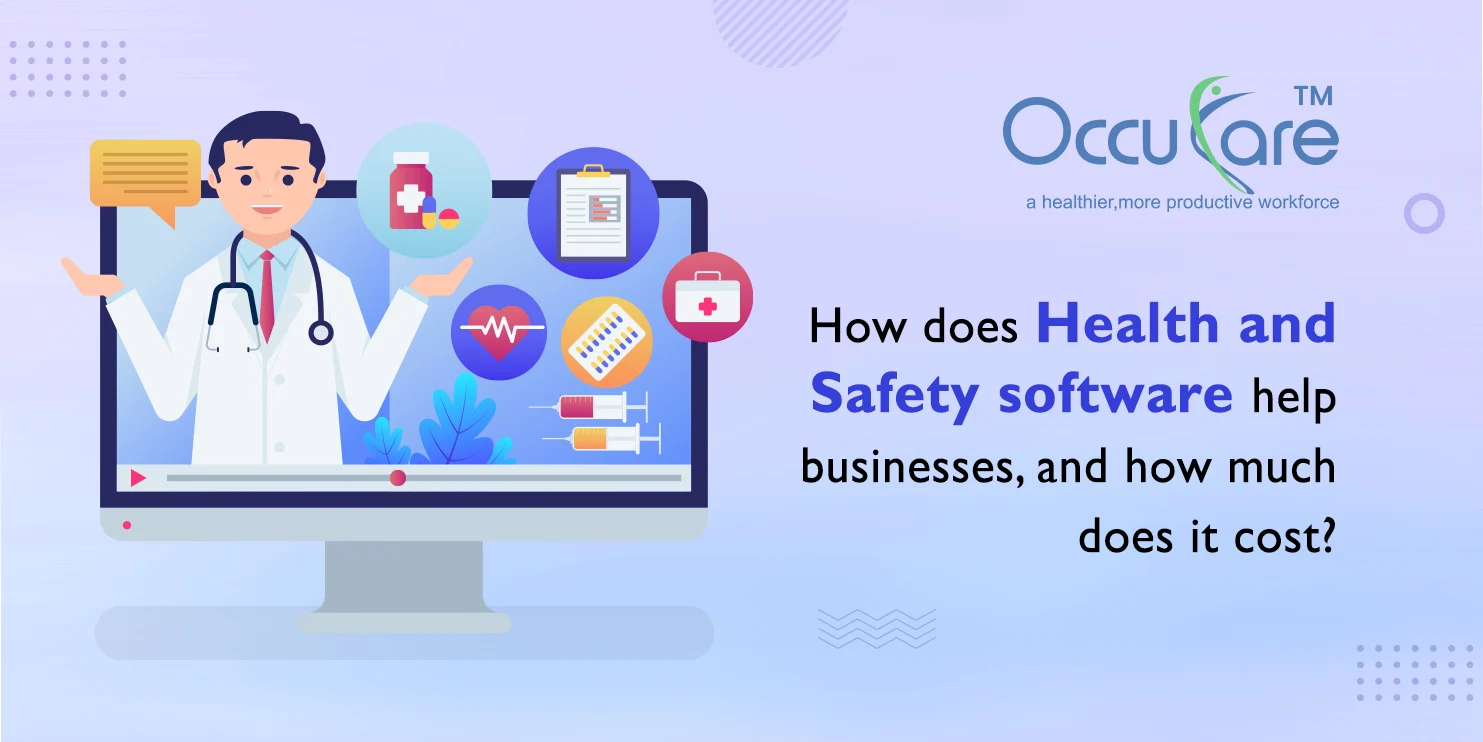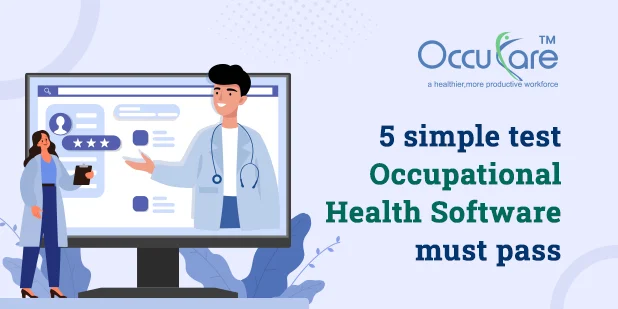We benefit from software in several areas of our life. Every year, machines in the workplace get increasingly efficient. Many of us have cell phones and tablets with us when we’re on the job site. With more internet tools available to us than ever before, our connections are stronger. Let’s employ technology to enhance safety and health.
Briefly described, health and safety software are the blueprint for how a company controls its moving elements to accomplish its objectives. The scale of the company, the activities of the company that need to be controlled, the industry, and even regulatory requirements are just a few factors that affect how simple or complicated such a platform is.
Health and safety software are a methodical strategy for assuring security, specifically. It is not a set of regulations based on legal requirements like HSE. Health and safety software is a group of management components that are recognised and assessed in order to create and carry out strategies to take and maintain control within a process framework. Companies will determine which characteristics the health and safety software needs to regulate however,
The following general areas are worth keeping in mind for effective control:
- Management Leadership and dedication
- Threat and Hazard Recognition, Assessment, and Control
- Health and Safety Communication and Engagement
- Place of Work Investigations
- Rules, protocols, and written guidance
- Investigating an incident
- Health and Safety Education and Advancement of Skills
- Record keeping, emergency service preparation, systems management, audits, and regulate
When doing your evaluation, take into account the following areas as crucial data:
- Details of previous events, mishaps, sicknesses, and wounds. Examine the first aid and OSHA logs, complaints, and reports of employees’ health.
- Developments in your trailing indications, such as employees’ claim loss data and the Days Away, Limited, or Transferring (DART) and Total Incident Rates (TIR) and Lost-Time Incident Rates (LTIR) metrics.
- Efforts to detect, evaluate, and prioritise risk are progressing in the direction of hazard mitigation.
- The success of attempts to discover, evaluate, and prioritise Occupational health and safety software flaws
- Statistics and progress reports for the strategy for corrective and preventive actions.
- Perceptions of workers, managers, and supervisors.
- Measures taken in response to results of other management system audits that have an impact on the health and safety software, as well as status updates.
- Performance of the safety and health management system in comparison to goals, taking into account evolving conditions, the demand for resources, business plan alignment, and overall coherence of the institution’s work health & safety policies.
The process of evaluating health and safety software is time-consuming and never complete. More precisely, you won’t likely comprehend the components that are functioning effectively or the weaknesses that need to be improved if it isn’t a cyclical procedure and isn’t carried out at least annually. Furthermore, it is not ideal to evaluate the health and safety software in isolation. Leaders and managers must participate because they are ultimately in charge of the management system.
Since they are impacted by the management system, workers must be engaged.
- Management Leadership and dedication
- Threat and Hazard Recognition, Assessment, and Control
- Health and Safety Communication and Engagement
- Place of Work Investigations
- Rules, protocols, and written guidance
- Investigating an incident
- Health and Safety Education and Advancement of Skills
- Record keeping, emergency service preparation, systems management, audits, and regulate
When doing your evaluation, take into account the following areas as crucial data:
- Details of previous events, mishaps, sicknesses, and wounds. Examine the first aid and OSHA logs, complaints, and reports of employees’ health.
- Developments in your trailing indications, such as employees’ claim loss data and the Days Away, Limited, or Transferring (DART) and Total Incident Rates (TIR) and Lost-Time Incident Rates (LTIR) metrics.
- Efforts to detect, evaluate, and prioritise risk are progressing in the direction of hazard mitigation.
- The success of attempts to discover, evaluate, and prioritise health and safety software flaws
- Statistics and progress reports for the strategy for corrective and preventive actions.
- Perceptions of workers, managers, and supervisors.
- Measures taken in response to results of other management system audits that have an impact on the health and safety software, as well as status updates.
- Performance of the safety and health management system in comparison to goals, taking into account evolving conditions, the demand for resources, business plan alignment, and overall coherence of the institution’s work health & safety policies.
The process of evaluating health and safety software is time-consuming and never complete. More precisely, you won’t likely comprehend the components that are functioning effectively or the weaknesses that need to be improved if it isn’t a cyclical procedure and isn’t carried out at least annually. Furthermore, it is not ideal to evaluate the health and safety software in isolation. Leaders and managers must participate because they are ultimately in charge of the management system. Since they are impacted by the management system, workers must be engaged.
EHS best practises implementation necessitates thorough data collection, research, and sharing. You can create a proactive safety culture and promote improvements across your entire organisation with contemporary health and safety software.








